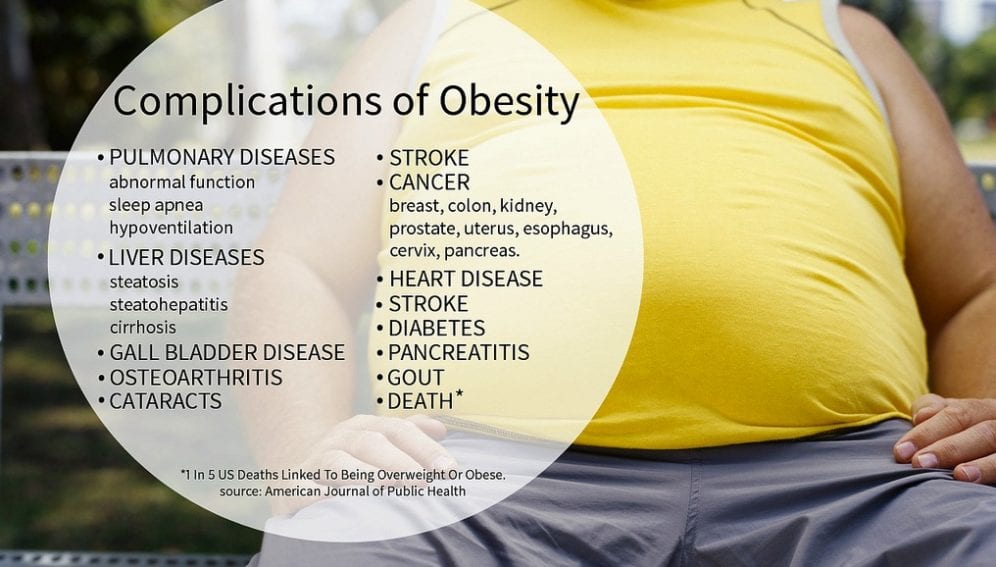By: Shaira Panela
Send to a friend
The details you provide on this page will not be used to send unsolicited email, and will not be sold to a 3rd party. See privacy policy.
[MANILA] With 9-in-10 of its adults classified as obese based on WHO standards, American Samoa has the world’s fattest population, putting them at risk of type 2 diabetes and other non-communicable diseases such as hypertension.
To address the problem, the American Samoan government launched in January 2014 a task force that will review in 60 days the territory’s strategy in reducing the number of obese citizens.
Stephen McGarvey, an epidemiologist and biological anthropologist at Brown University who is tracing the origins of the obesity ‘epidemic’, finds that the dramatic increase in the South Pacific island’s number of fat population in recent years coincided with changes in lifestyle and diet.
“The population has experienced rapid and widespread change of lifestyle with increases in the intake of calories, saturated fats and sodium. They have also largely stopped doing traditional farming and fishing, so physical activity levels have been greatly reduced,” McGarvy tells SciDev.Net.
He says that these changes occurred because of increases in income from migrants who send money home as well as a rise in jobs in the government and at the tuna canneries on the island.
Don Vargo, research coordinator for American Samoa Community College, adds: “Many knowledgeable Samoans attribute their high body mass index (BMI) scores to being more muscular and heavy boned. To a certain degree they’re correct. But the high incidence of non-communicable diseases seems to suggest most Samoans might have high BMIs due to body fat.”
“Certain ethnicities are predisposed to weight gain when they adapt a Western living standard,” Vargo opines. “Whether it’s owing to their genetic make-up or to their culture, I don’t know.”
The issue is the subject of McGarvey’s study, which is trying to pin down the relationship between the genetic characteristics of the Samoans and their vulnerability or susceptibility to obesity. “We are conducting genome-wide association studies of adiposity [human body fat] with quality dietary and physical activity data,” says McGarvey.
His team at Brown University is also pursuing new studies on maternal influence, pregnancy and early life factors on child health to see how the differences in practices among mothers affect the overweight population.
“This lifespan developmental approach emphasising fetal and early life influences and adaptive mechanisms along with the broader temporal perspectives about changes in ways of life should yield novel findings and interpretations about Samoan health and human biology,” McGarvey explains.
McGarvey sees education at all levels and a widespread public information campaign about diet, exercise and the risks of obesity as the answer to fighting this prevalent disease in American Samoa.
But he says that it may still take a long time to turn the problem around.
“The government and the food industries should help produce a more healthful and nutritional environment through healthier food choices, affordable prices and many opportunities for exercise,” he says.
This article has been produced by SciDev.Net's South-East Asia & Pacific desk.














